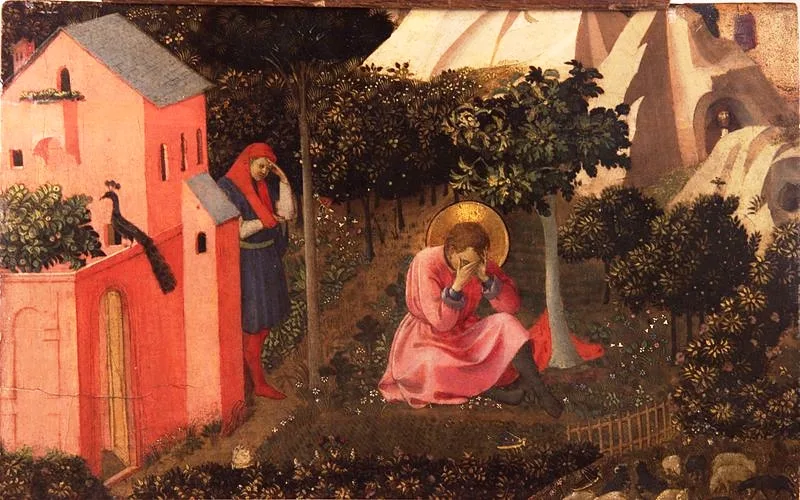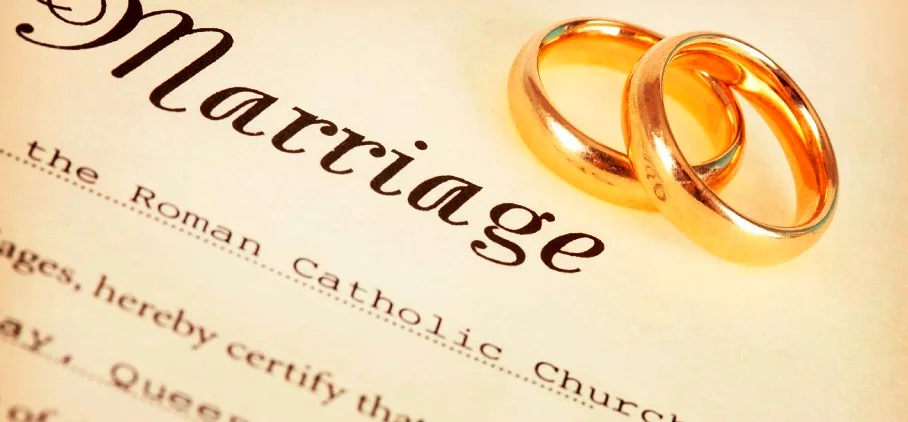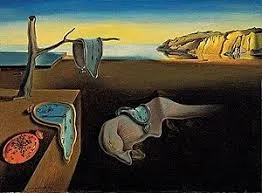Throughout history there has been a universal fascination with the event of Epiphany. One cannot help but wonder about the experience of the Magi as they traveled a great distance to meet the King of Kings. But why did they come?
Explanations of the Star
There have been a number of possible explanations offered as to what drew the Magi to Bethlehem. We know of course that they were following a star, one that they had been looking for. The first explanation is the one that has been offered by several Church Fathers and Doctors of the Church (such as St. John Chrysostom and St. Thomas Aquinas for example). We could categorize theirs as wholly supernatural. From the perspective of faith, the description of the star in Matthew’s Gospel, especially how it stops and starts again, sounds eerily famililar—almost like the description of the shekinah cloud as Israel left from Egypt. The Star went before them the whole of their journey, so bright that it was even visible in the daytime. It also traced a rather odd course for a celestial body. First it went from east to west but then stops over Jerusalem (where it disappeared). It then moves from north to south as it guides them from Jerusalem to Bethlehem and remains over the house where Our Lord was to be found.
In more recent times, some scientists have put forward a more “natural” explanation as an alternative. In his book, Star of Bethlehem, astronomer Konradin Ferrari d’Occhieppo says that around 7-6BC there was a great conjunction of Jupiter and Saturn in the sign of Pisces which would have been bring enough to merit consideration for the star. It would have captured the imagination of the Magi because Jupiter was the star of the highest Babylonian deity and it was lined up alongside Saturn which was the cosmic representation of the Jewish people. Other scientists have offered similar explanations including a great movie called The Star of Bethlehem. What is left unexplained in these natural accounts is how the “star” disappeared and reappeared in the same spot and how it suddenly changed its course.
There might be a tendency to reject the natural in favor of the supernatural because it seems take away from the miraculous event it was foretelling. In either case though it is the same God Who is guiding the star. All creation finds its meaning in Christ so that God, when He set the world in motion, could have set the heavenly bodies in such a manner as they would converge to form a bright appearance at the moment of Our Lord’s birth. All of history is His story.
The Meaning of Epiphany
God is omnipotent in His Providence because He reveals Himself to the world through events. If we examine the meaning of the star as revealing the God Who became man, then the most plausible explanation is one that combines both explanations. The scientific explanation (either the conjunction of the two planets or another explanation) would have led the Magi to Jerusalem. They would have gone as far as they could by human reason. To find the King of Kings they would need revelation. So, they had to consult the Jews who were the keepers of God’s revelation. With the star’s reappearance, they were guided by some visible supernatural sign. This explanation would enable us to read literally the text that says that the “star stopped over the place where the child was” (Mt 2:9). For a star to lead them to a specific house one would imagine that it would have had to be very close; something akin to the Miracle of the Sun witnessed by 70,000 people in Fatima, Portugal 100 years ago.
There is a second meaning of the event as well that comes to the front when we ask who these Magi were. They were either astrologers or astronomers, although there was not necessarily a distinction between the two in the ancient world. The planets are named after their deities because they believed that the heavenly bodies ruled over the events of man. They studied the heavens in order to divine what was to happen on earth. With or without the knowledge of Balaam’s prophecy in Numbers 24:19, (“there shall come a Star out of Jacob”), they would have considered the bright star to mean something significant. Once they witnessed the extraordinary action of the star, they would have realized that it was the child himself that was directing it. As Pope Benedict puts it, they would have come to realize “[I]t is not the star that determines the child’s destiny, it is the child that directs the star.”
 The Magi embarked as pagans, but they return Christians. The seeds of truth found in their pagan religions have led them to the fullness of God’s revelation. God may have left traces of His truth in creation and in the minds of men, but that all changed at the coming of Christ. As St. Gregory Naziazen says, astrology came to end because all stars from that point on followed an orbit traced by Christ. God has personally come to meet man and from that point forward man would be able to approach Him.
The Magi embarked as pagans, but they return Christians. The seeds of truth found in their pagan religions have led them to the fullness of God’s revelation. God may have left traces of His truth in creation and in the minds of men, but that all changed at the coming of Christ. As St. Gregory Naziazen says, astrology came to end because all stars from that point on followed an orbit traced by Christ. God has personally come to meet man and from that point forward man would be able to approach Him.
Christ is the great demythologizer. The world is no longer governed by forces in the heavens but instead by the God Man. They approach a little baby who looks like every other human baby, and yet this little child can move everything within creation to suit His purposes. Their gods, if they existed, would have to obey this infant. They are not disappointed when they meet this child without any stately appearance but instead pour expensive gifts upon Him. The Magi come pagans and leave Christians.




















